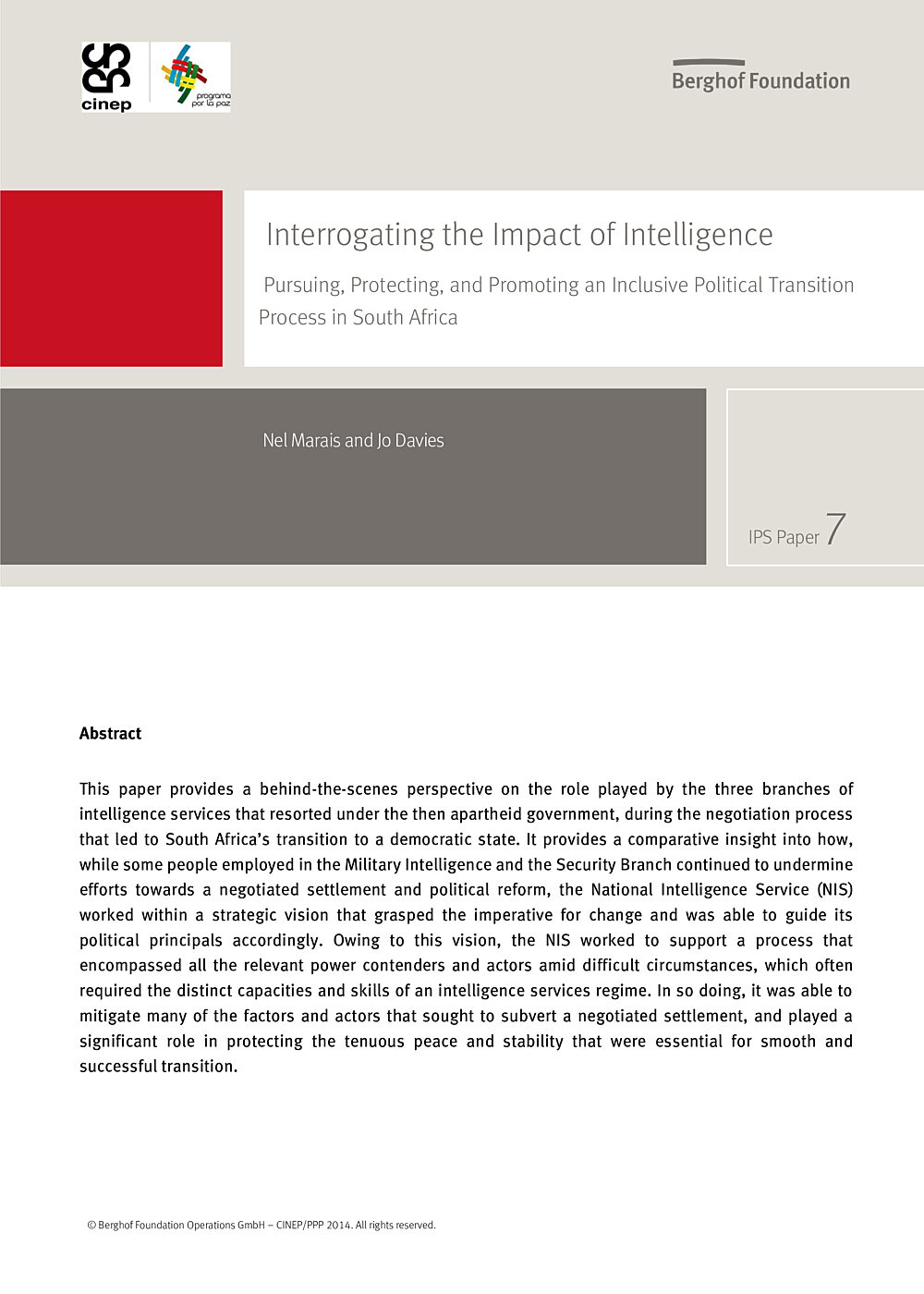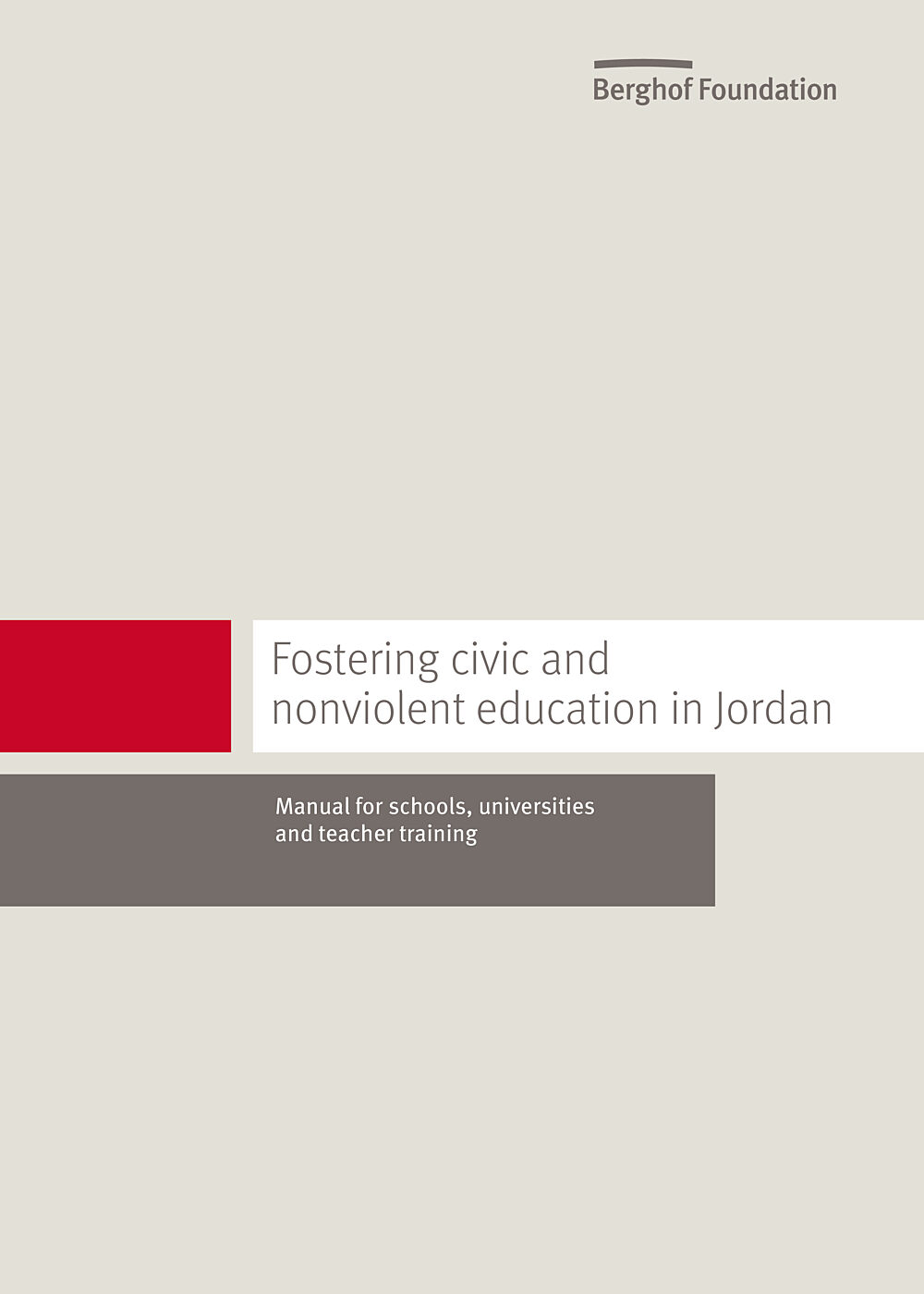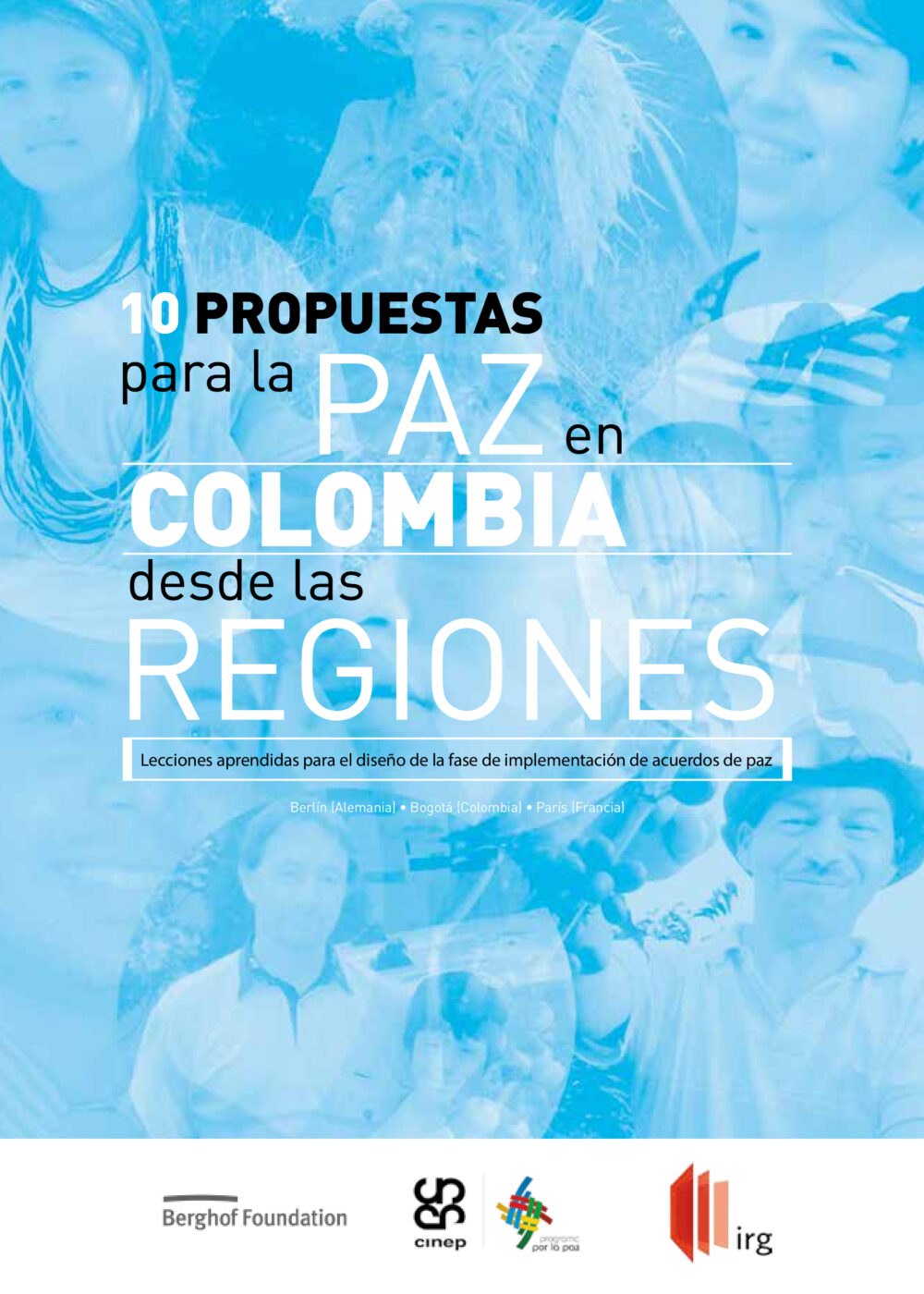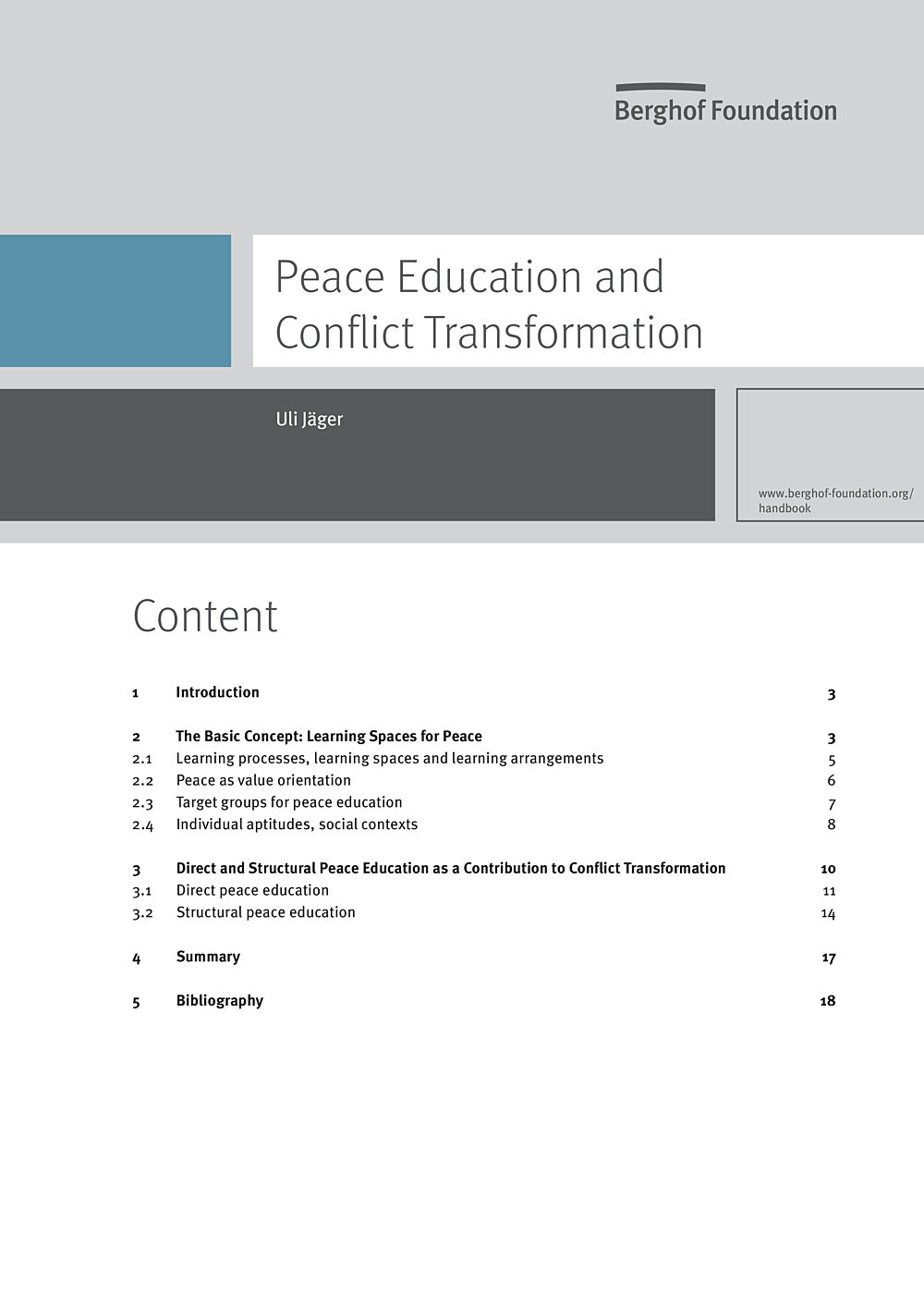Our Library
Explore our publications, from research papers and series to educational materials, covering all aspects of conflict transformation and peace promotion.

Committed to Unity: South Africa’s Adherence to Its 1994 Political SettlementIPS Paper No. 6
This paper reviews the commitment of the remaining power contenders and other political actors to the settlement which was reached between 1993 and 1996. Based on interviews with three key actors now in opposing political parties represented in the National Assembly, the paper makes the case for a continued commitment to, and consensus on, the ideals and principles of the 1996 Constitution. It provides evidence of schisms in the dominant power contender (the African National Congress) which have not led to a return in political violence post-settlement. The paper makes the point that, while some of this was the result of President Nelson Mandela’s presence, more must be ascribed to the constitutional arrangements and commitments of the primary political actors and the citizens of South Africa.
- Year2014
- Author(s)Paul Graham

Interrogating the Impact of Intelligence: Pursuing, Protecting, and Promoting an Inclusive Political Transition Process in South AfricaIPS Paper No. 7
This paper provides a behind-the-scenes perspective on the role played by the three branches of intelligence services that resorted under the then apartheid government, during the negotiation process that led to South Africa’s transition to a democratic state. It provides a comparative insight into how, while some people employed in the Military Intelligence and the Security Branch continued to undermine efforts towards a negotiated settlement and political reform, the National Intelligence Service (NIS) worked within a strategic vision that grasped the imperative for change and was able to guide its political principals accordingly.
- Year2014
- Author(s)Nel Marais, Jo Davies

احتضان منظومة تعليم مدنية ومقاومة للعنف في الاردندليل للمدارس والجامعات وتدريب المدرسين
هذا الدليل من شأنه أن يدمج بين السبل الأساسية للتربية المدنية في الأردن والخبرات والدراسات العالمية حول التربية اللاعنفية والتربية على السلام والوقاية من العنف. يتألف الدليل من ثلاث وحدات لها أهداف تتعلق بالمضمون وأسس منهجية مختلفة، وهي تشمل: القصّ المرئي والمسرح التفاعلي وكرة قدم الشوارع للتسامح. وهو مصمم للتطبيق في المدارس والجامعات وأيضًا لعمل الشباب التطوعي في مخيمات اللاجئين مثلاً. هذا الدليل مدعم بالملصقات والأفلام التعليمية، بالإضافة إلى دراسة حول العنف فيالجامعات في الأردن.
- Year2014
- Author(s)Uli Jäger, Anne Romund, Hannah Reich

Fostering civic and nonviolent education in Jordan
This Manual combines the basic approaches for Civic Education in Jordan with international experiences and studies on Nonviolent Education, Peace Education and Violence Prevention. It is composed of three modules with different content-related aims and methodological principles. These include: Visual Storytelling, Interactive Theatre and Streetfootball for Tolerance. It is designed for the use at schools and universities, as well as for voluntary youth work, for example in refugee camps. The manual is supplemented by posters, educational movies, as well as a study on violence at universities in Jordan.
- Year2014
- Author(s)Uli Jäger, Anne Romund, Hannah Reich

Diez Propuestas para la paz en Colombia desde la regiones
- Year2014
- Author(s)Barbara Unger, Claire Launay-Gama, Mauricio García Durán

Reflexionar - Concertar - ActuarBases conceptuales y herramientas para la asesoría en procesos de Construcción de Paz
Esta caja de herramientas ha sido desarrollada pensando en el trabajo de organizaciones, instituciones y personas que acompañan y asesoran procesos de cambio en contextos conflictivos, que tienen como finalidad contribuir a la Construcción de Paz.
- Year2014
- Author(s)Johanna Willems, Uta Giebel, Barbara Unger, Jaime Andrés Gómez

Berghof Foundation Annual Report 2013
- Year2014
- Author(s)Berghof Foundation

Peace Infrastructure in Colombia
Colombia has a broad array of institutions tasked with different functions that support peace-building. Drawing on the concept of Infrastructure for Peace, the Berghof paper “Peace Infrastructure in Colombia” written by Silke Pfeiffer in early 2014 provides a mapping of the different Colombian entities and analyses their potential contribution for Colombia’s current peace process.
- Year2014
- Author(s)Silke Pfeiffer

Infraestructura de Paz en Colombia
Colombia cuenta con una amplia gama de instituciones con funciones relacionadas a la construcción de paz. A base del concepto de infraestructura para la paz, este estudio Berghof “Infraestructura de Paz en Colombia”, elaborado a inicios 2014 por Silke Pfeiffer presenta un mapeo de las diferentes entidades Colombianas y analiza su potencial para el actual proceso de paz de Colombia.
- Year2014
- Author(s)Silke Pfeiffer

Peace Education and Conflict TransformationHandbook Article
Develops a basic concept of internationally oriented, context-related and process-oriented peace education with clearly defined target groups. Against this background, the author presents a comprehensive and practical approach to peace education in crisis and conflict regions, the aim being to promote conflict transformation. In this context, a fundamental distinction is made between direct peace education (encounter, inspiration, training) and structural peace education (pilot projects, curricula, implementation). The context-related interaction between these two basic forms is identified as a promising approach and offered up for discussion. Brief case studies from the practice of peace education are presented for the purpose of illustration.
- Year2014
- Author(s)Uli Jäger